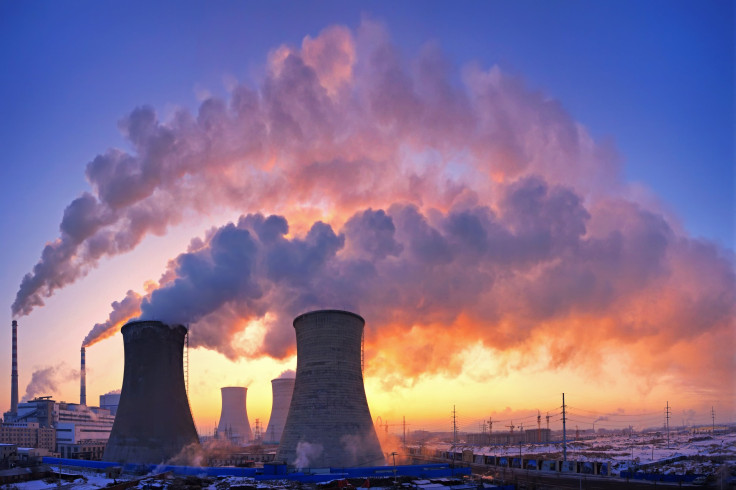China Climate Change Policy Update: Greenhouse Gas Emissions Targets To Rely On Cap-And-Trade Energy Program

With a limited roll-out in four provinces, China is planning some new environmental measures that would have shocked people a handful of years ago.
The world’s largest polluter announced Wednesday that it plans to implement a trial cap-and-trade energy program next year that would mostly target major power-consuming companies, according to Bloomberg. The announcement follows a breakthrough agreement earlier this month between the United States and China to ratify the Paris climate change accord — a global commitment to reduce carbon dioxide emissions — at the G20 summit in Hangzhou.

China is hoping to cap energy consumption by 2020, partly by imposing energy consumption quotas on those companies, which will be expected to pay a fine if they exceed their ceiling, according to the National Development and Reform Commission.
“The nation wants to put a cost on emissions or energy use to force companies to upgrade technology,” Tian Miao, a Beijing-based analyst at London’s North Square Blue Oak Ltd., a research firm, told Bloomberg. “Companies will have to eliminate outdated capacity or buy extra quotas” if needed.
The goals for 2020 are to keep emissions at a maximum of the equivalent of 5 billion metric tons of coal. That limit keeps growth of energy use, compared to 2015 levels, at 3.2 percent a year.
Cap-and-trade markets are favored by Western countries and theoretically work to encourage innovation and competition between companies to reduce their emissions. The goal is to come in under those quotas. If a company succeeds, it can then sell off the difference to other companies that can’t bring their emissions down low enough. That incentive, the logic goes, will spur corporations to quickly adapt and drive down greenhouse gas emissions from their operations. It can also be helpful by providing a roadmap to which companies can look in order to plan ahead with their individual emissions.
Cap-and-trade has been favored by other countries to reduce greenhouse gas, as well. In the United States, President Barack Obama chose that method when he rolled out his Clean Power Plan in 2015, which re-envisioned the nation’s interstate electrical grids as backbones for renewable energy trading and pollution trading required by the plan.
© Copyright IBTimes 2024. All rights reserved.






















